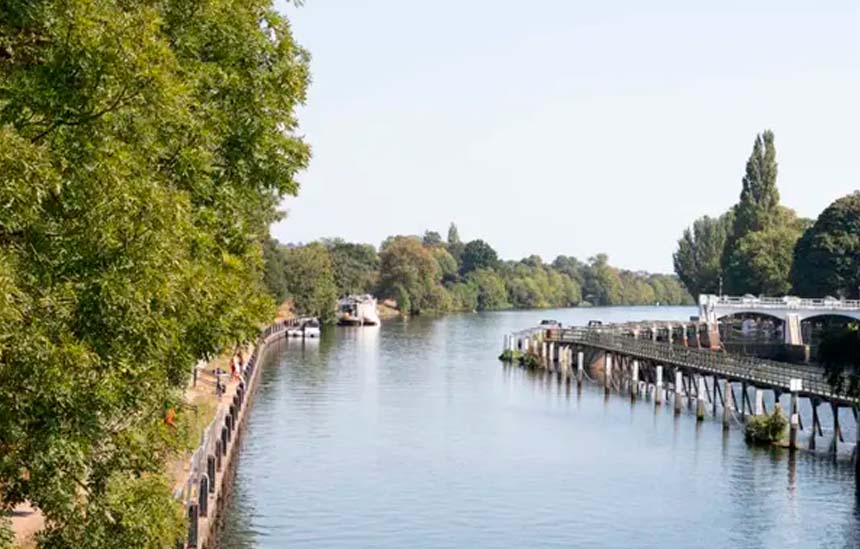- Thames Water is updating designs for its proposed Teddington Direct River Abstraction project, following feedback received during the company’s autumn consultation.
- The company has listened to over 2,000 responses and as a result, is changing the proposed pipeline construction method to further reduce disruption for communities.
- The project is essential for meeting future demand for water and keeping taps flowing for Londoners.
- Designed for use during period of drought, the scheme will deliver 75 million litres of water per day, equivalent of 30 Olympic sized swimming pools.
- The company will publish the detailed revised proposals for the project later this summer, with community information events set to take place in autumn 2024.
Thames Water is making a series of design changes to the Teddington Direct River Abstraction (TDRA) project, following feedback from over 2,000 community members during its autumn 2023 public consultation.
The project is designed to provide water security for future generations and will enable the company to abstract more water from the River Thames during periods of drought, supported by water recycling.
Thames Water is in the process of finalising several key changes, including:
Changing the construction method for the recycled water pipeline from pipejacking to tunnel boring. Tunnel boring is a tried and tested method and has been used on lots of other major infrastructure projects, including the Thames Tideway Tunnel.
Changing the design of the recycled water pipeline that would transfer recycled water from Mogden sewage treatment works to the River Thames by increasing the internal diameter of the pipeline and constructing it as a tunnel.
The proposed changes to the pipeline’s construction mean Thames Water can decrease the number of shafts and construction areas, reducing the surface level impact for local communities. Tunnel boring instead of pipejacking means the company can also take a more direct route to the River Thames, which would make the tunnel shorter.
As a result, the following four locations for a shaft and construction compound would be removed from the project:
- Shaft 1 at Ivybridge Retail Park Car Park.
- Shaft 2 at Moormead & Bandy Recreation Ground.
- Shaft 4 at land adjacent to the playground off Riverside Drive.
- Shaft 6 at Ham Lands, to the west of Riverside Drive.
A single intermediate shaft is still required – the preferred location is off Ham Street; and two options also remain under investigation for the Thames Lee Tunnel Connection.
“We understand the prospect of a new infrastructure project will create concern particularly among the local community, and that’s why we’re working hard to continually refine our design proposals. “We made a commitment to listen and learn from feedback and believe these design changes would mean a less disruptive construction process for local residents and mitigate impacts on recreational areas. We remain at a very early stage of project development and will continue to engage and formally consult as the project progresses. “It’s critical we progress our plans to secure London’s future water supply. Doing nothing is not an option, we must invest in major new infrastructure to safeguard the health and wellbeing of individuals, communities, the environment, and the economy.” Leonie Dubois – Head of Engagement, Land and Consents at Thames Water
Thames Water will publish and share detail of its proposed design changes later this summer, ahead of launching a series of community information events in autumn 2024.

